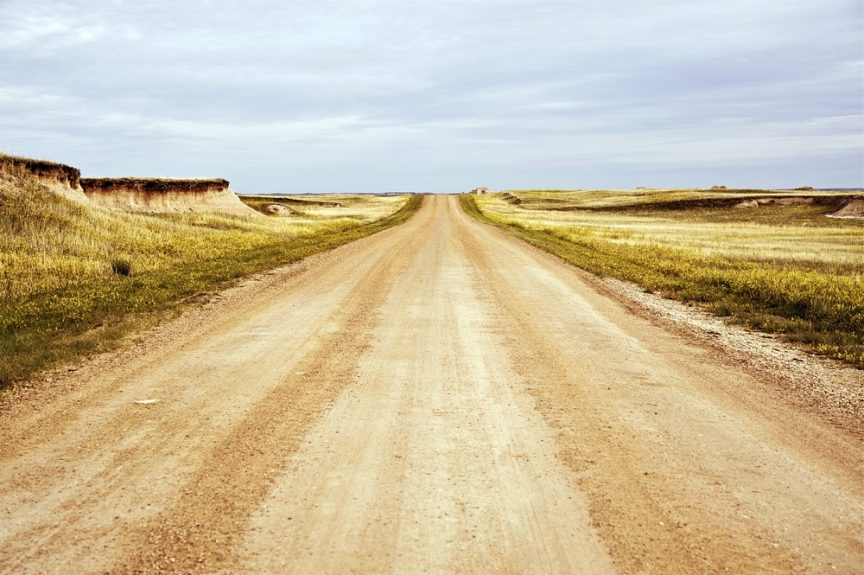Graduation rates in Indian Country are among the lowest in the United States — and poorly maintained unpaved roads aren’t helping.
For students throughout Indian Country, getting to school can be a challenge. As Acting Superintendent of Navajo Schools Anselm Davis told the Arizona Capitol Times, “There are adverse conditions in family life, in community life. There’s a whole dimension of issues out there that impact students on a day-to-day basis.” While schools have launched a number of programs in recent years aimed at supporting students through these challenges, there’s one persistent problem on Native American land that schools can’t solve on their own: the roads.
Indeed, the vast majority of roads in Indian Country are unpaved. While these byways may be in acceptable condition throughout much of the year, surfaces can get severely damaged during the winter months or when reservations see heavy rain. These conditions present a challenge to Native American communities for a number of reasons, but they’re particularly difficult for schools struggling to get students living in remote areas to their classes.
The situation is inherently complex, especially as tribal governments work with state and federal officials to secure the funding necessary to fix these conditions. As stakeholders grapple with how to appropriately manage this crumbling network of communal infrastructure — and as students’ educational futures hang in the balance — it’s clear that authorities should consider investing in road building and natural paving solutions capable of handling the punishing conditions of Indian Country.
Understanding the Scope of the Problem
According to the National Center for Educational Statistics, the graduation rate for American Indians and Alaskan Natives in 2016 was 72% for students in public schools. For students enrolled in schools managed by the Bureau of Indian Education, that figure dropped to 49%. This means that American Indians and Alaskan Natives have the lowest graduation rates among the races and ethnicities tracked.
As discussed above, a lot of factors contribute to the difficult state of education on Native American reservations. However, one of the primary reasons is that many students are frequently absent. As students miss more and more school, they begin to fall behind until, eventually, they’re too far behind to catch up.
Unfortunately, the sorry state of unpaved roads in Indian Country contributes to this phenomenon. Because of the subpar condition of these routes, many school buses aren’t able to reach students. And, without a pickup from school buses, many students aren’t able to make it to school on their own.
What’s Causing Road Degradation
During the winter and monsoon months, unpaved roads can be pushed to the limit of their structural integrity. Heavy rains, frequent freezing, and repeated thaws can cause the surface of these roads to degrade into thick mud or hasten the development of deep potholes.
For school buses struggling to reach students living in remote parts of their respective reservations, these conditions are a persistent problem. While wide swathes of mud are downright impassable, roads riddled with potholes can be used only by inflicting significant wear-and-tear on buses. This requires schools to take their buses out of commission for repairs, which in turn makes it increasingly difficult to pick up every student who relies on this mode of transportation to get to class.
Investing in a Proven Solution
For tribal stakeholders struggling to tackle this problem, proper road maintenance should be part of any broader solution. By investing in road building and maintenance techniques specifically designed to help unpaved roads withstand the elements, it’s possible to make the most of modest infrastructure budgets — without having to repair severely damaged roads year in and year out. Indeed, Indian Country decision-makers and their partners at the state and federal level should consider the patented soil stabilization and natural paving technology available from Midwest Industrial Supply, Inc.
With more than forty years of experience supporting communities that are looking to protect their investments in unpaved roads, Midwest is uniquely capable of building unpaved roads and keeping them in pristine condition. Whether Native American reservations are just looking to stabilize the roads surrounding their schools or are interested in transforming their wider infrastructure, the team at Midwest is ready to bring our sophisticated road building technology to bear on any environment.


